Mark Dennison
On games and simulators as a platform for development of artificial intelligence for command and control
Oct 21, 2021
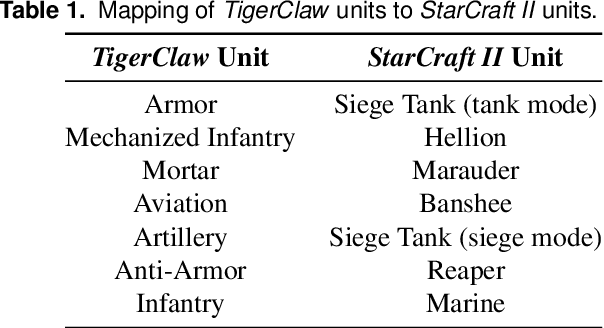
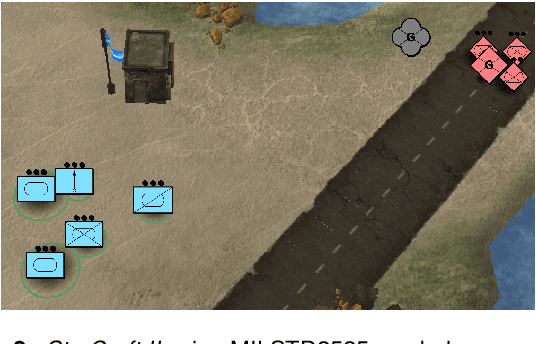
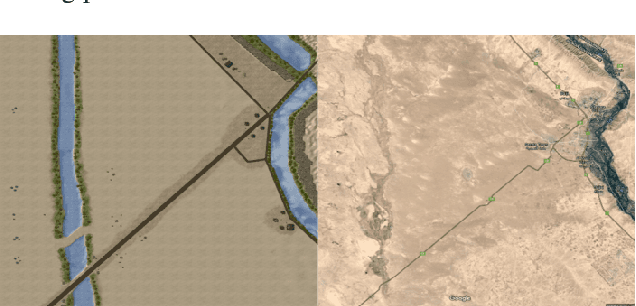
Abstract:Games and simulators can be a valuable platform to execute complex multi-agent, multiplayer, imperfect information scenarios with significant parallels to military applications: multiple participants manage resources and make decisions that command assets to secure specific areas of a map or neutralize opposing forces. These characteristics have attracted the artificial intelligence (AI) community by supporting development of algorithms with complex benchmarks and the capability to rapidly iterate over new ideas. The success of artificial intelligence algorithms in real-time strategy games such as StarCraft II have also attracted the attention of the military research community aiming to explore similar techniques in military counterpart scenarios. Aiming to bridge the connection between games and military applications, this work discusses past and current efforts on how games and simulators, together with the artificial intelligence algorithms, have been adapted to simulate certain aspects of military missions and how they might impact the future battlefield. This paper also investigates how advances in virtual reality and visual augmentation systems open new possibilities in human interfaces with gaming platforms and their military parallels.
IoT Solutions with Multi-Sensor Fusion and Signal-Image Encoding for Secure Data Transfer and Decision Making
Jun 02, 2021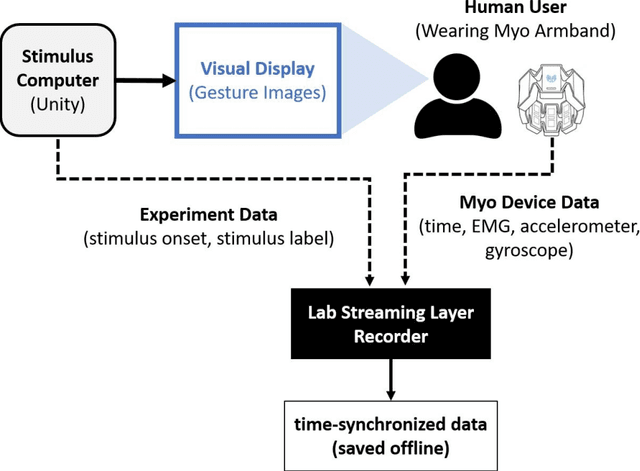

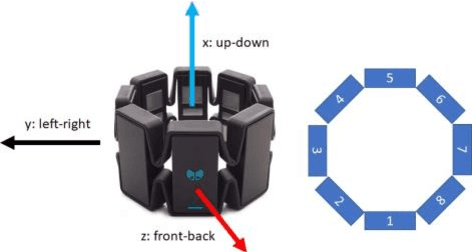
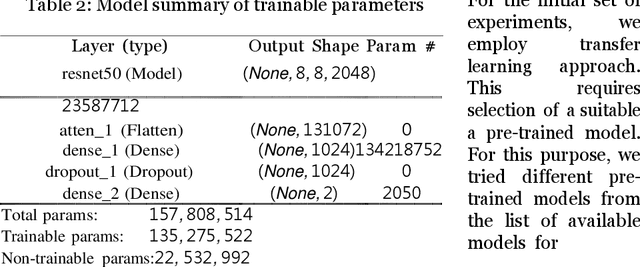
Abstract:Deployment of Internet of Things (IoT) devices and Data Fusion techniques have gained popularity in public and government domains. This usually requires capturing and consolidating data from multiple sources. As datasets do not necessarily originate from identical sensors, fused data typically results in a complex data problem. Because military is investigating how heterogeneous IoT devices can aid processes and tasks, we investigate a multi-sensor approach. Moreover, we propose a signal to image encoding approach to transform information (signal) to integrate (fuse) data from IoT wearable devices to an image which is invertible and easier to visualize supporting decision making. Furthermore, we investigate the challenge of enabling an intelligent identification and detection operation and demonstrate the feasibility of the proposed Deep Learning and Anomaly Detection models that can support future application that utilizes hand gesture data from wearable devices.
 Add to Chrome
Add to Chrome Add to Firefox
Add to Firefox Add to Edge
Add to Edge